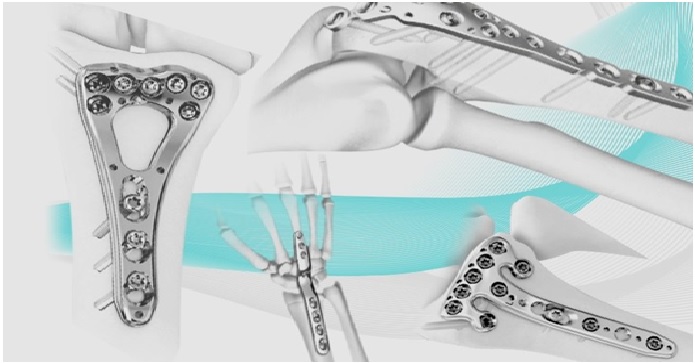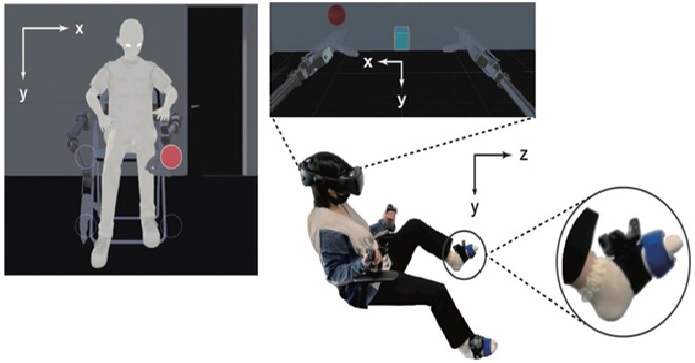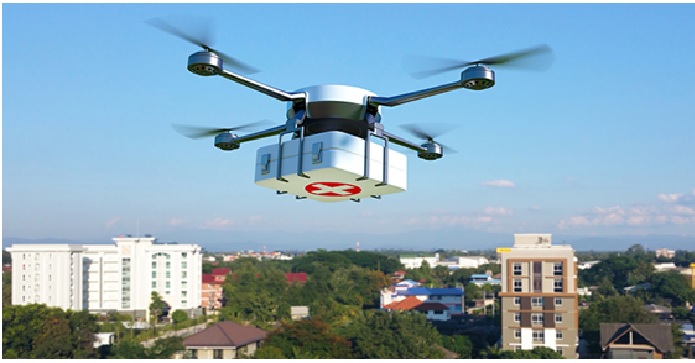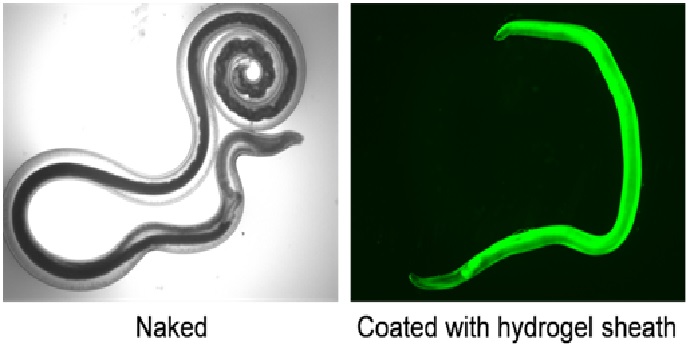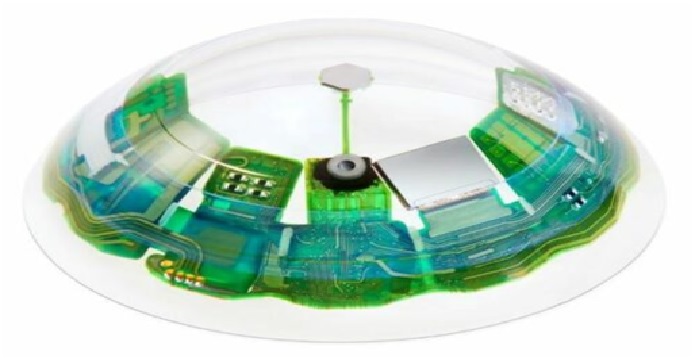The Various Types of Orthopaedic Implants
Now let’s look at the various types of orthopaedic implants and their uses. The different size of plates is shown in Figure 1.
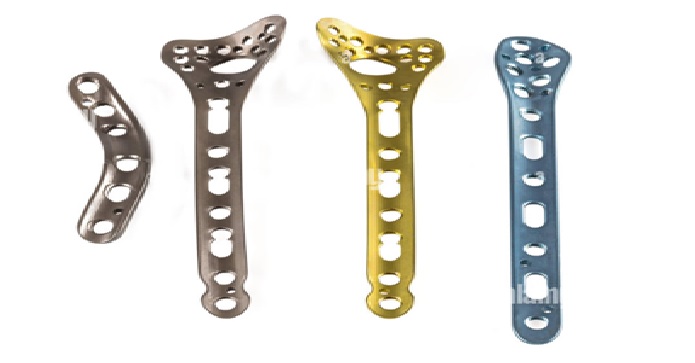
Figure 1. The different types of plates [1]
Screws
The main and primary function of the screw which is used for the bone is to produce compression which will help the bones mend in the injured area. [2] There is no difference between a normal screw and an orthopaedic screw, they both have a body as well as a head.
The head is mainly used to insert the screw in the bones, and the length of the screw is measured from the top to the bottom.
Screws com in different sizes and forms, and are used for a variety of purposes. For example, reduction screws can be 4.5 to 8.5 millimetres thick.
Plates
First used in 1886 for fixing long bone fractures, orthopaedic plates are still commonly used in orthopaedic surgeries. [3] They are of different types as under:
Prostheses
Orthopaedists use a variety of orthopaedic prosthetic implants to replace missing joints or bones, or to provide support to a damaged bone. [4] Most commonly, orthopaedists use prostheses for knees and hips, allowing the patients to regain full range of motion, pain-free, in a relatively short amount of time. In some cases, the prosthetic material can be combined with healthy bone to replace diseased or damaged bone, or prostheses can replace certain parts of a joint bone entirely.
References:
- https://www.alamy.com/orthopedic-surgical-plate-and-screw-implant-image181110353.html
- https://monib-health.com/en/post/6-most-common-types-of-orthopedic-implants
- https://www.merillife.com/blog/medtech/3-types-of-orthopedic-implants-you-need-to-know-before-undergoing-surgery
- https://www.spectrumortho.com/blog/types-of-orthopedic-implants/
Cite this article:
Vinotha D (2022), The Various Types of Orthopaedic Implants, AnaTechMaz, pp.214




